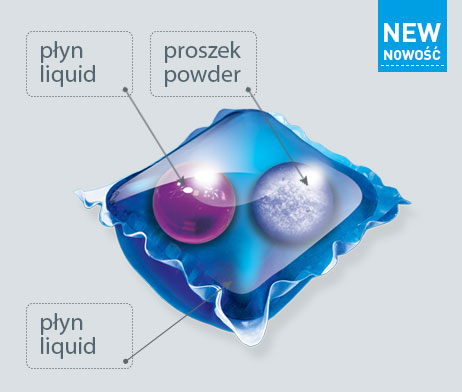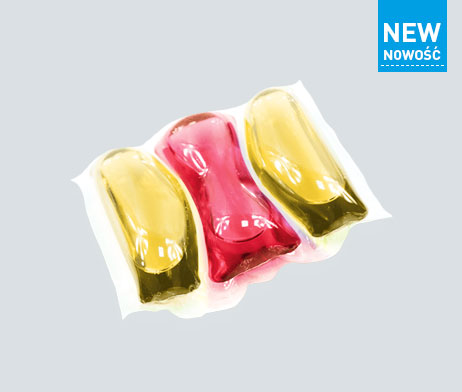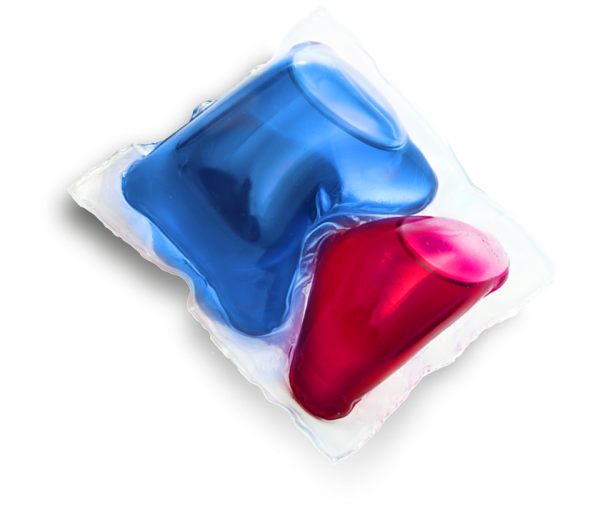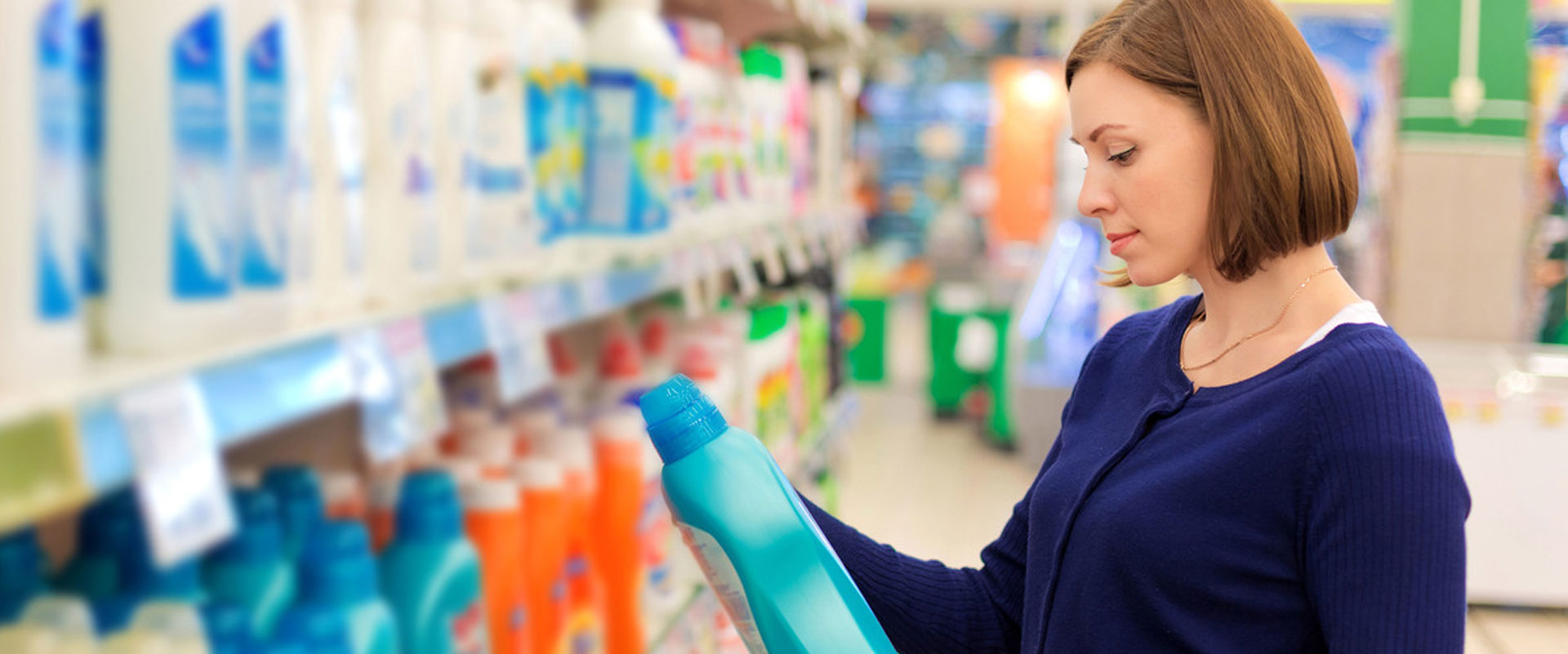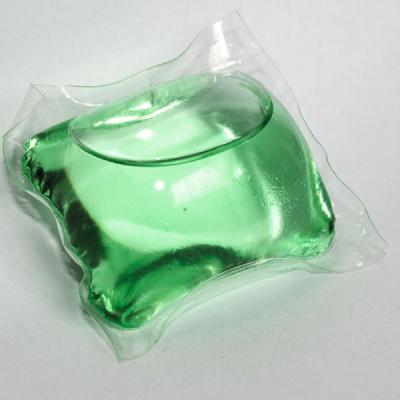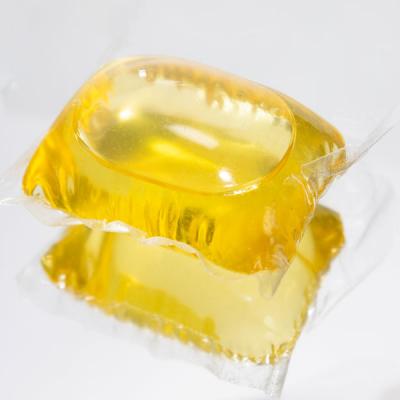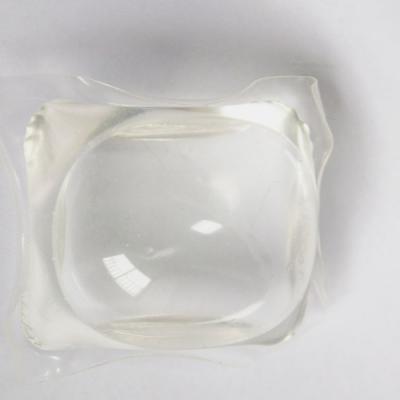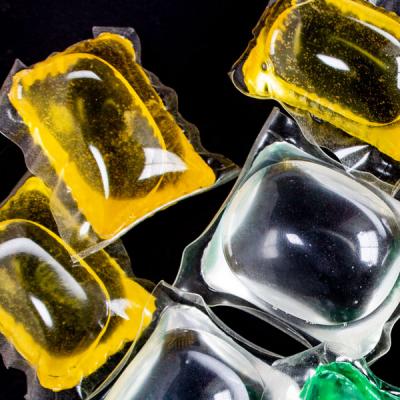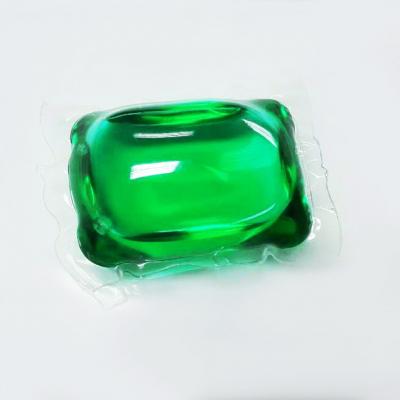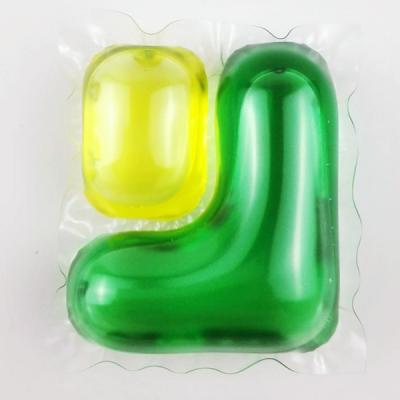The chemistry of soap manufacturing stayed essentially the same until 1916, when the first synthetic detergent was developed in Germany in response to a World War I-related shortage of fats for making soap. Known today simply as detergents, synthetic detergents are non-soap washing and cleaning products that are "synthesized" or put together chemically from a variety of raw materials. The discovery of detergents was also driven by the need for a cleaning agent that, unlike soap, would not combine with the mineral salts in water to form an insoluble substance known as soap curd.
Household detergent production in the United States began in the early 1930s, but did not really take off until after World War II. The war-time interruption of fat and oil supplies as well as the military's need for a cleaning agent that would work in mineral-rich sea water and in cold water had further stimulated research on detergents.
The first detergents were used chiefly for hand dishwashing and fine fabric laundering. The breakthrough in the development of detergents for all-purpose laundry uses came in 1946, when the first "built" detergent (containing a surfactant/builder combination) was introduced in the U.S. The surfactant is a detergent product's basic cleaning ingredient, while the builder helps the surfactant to work more efficiently. Phosphate compounds used as builders in these detergents vastly improved performance, making them suitable for cleaning heavily soiled laundry.
Since those early achievements in detergent and builder chemistry, new product activity has continued to focus on developing cleaning products that are efficient and easy to use, as well as safe for consumers and for the environment. Here's a summary of some of those innovations:
| 1950s Automatic dishwasher powders Liquid laundry, hand dishwashing and all-purpose cleaning products Fabric softeners (rinse-cycle added) Detergent with oxygen bleach |
1980s Detergents for cooler water washing Automatic dishwasher liquids Concentrated laundry powders |
||
| 1960s Prewash soil and stain removers Laundry powders with enzymes Enzyme presoaks |
1990s Ultra (super concentrated) powder and liquid detergents Ultra fabric softeners Automatic dishwasher gels Laundry and cleaning product refills |
||
| 1970s Liquid hand soaps Fabric softeners (sheets and wash-cycle added) Multifunctional products (e.g., detergent with fabric softener) |
2000s
Disposable cleaning wipes
Pre-measured dissolvable packets
Spa scents and natural options
|
With the technology of water soluble film applied to the detergent industry, there are many new forms of the detergent coming out. We thinking about the best form for it and also for the future. From the materials we have mainly two from liquid and powder,if we could pack this two together in one water soluble thing would be great! With this concept and the advantage of the water soluble film technology people can now make these kinds of new products. Keep the materials in it's original form will save great amount of energy and in the packing and delivery stage water soluble film decrease the usage of plastic about 95%. It's also turn out to be a solution to help with save plastic.
In future we might see more pre-measured pods or other form packed maybe liquid and powder or other form of materials and delivery you the best clean result and at same time help our planet.
